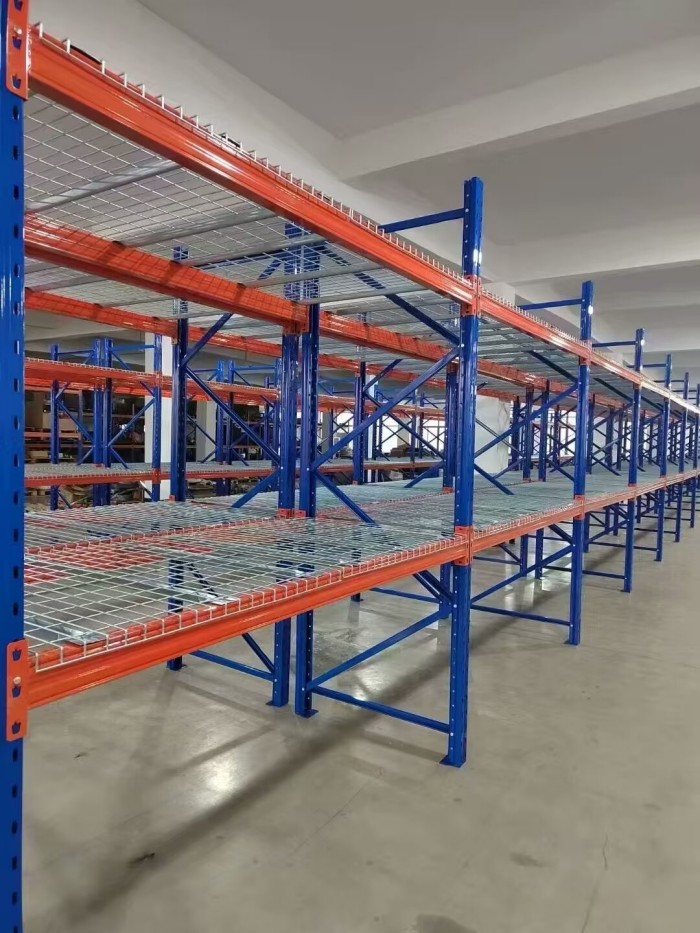In the construction industry, fire safety is of paramount importance. Building materials play a crucial role in preventing the spread of fire and protecting lives and property. Plywood, a widely used material in various applications, has been a subject of interest when it comes to its fire barrier properties. In this blog post, we will delve into the question: Is plywood a fire barrier? We will explore the characteristics of plywood, its performance in fire situations, and its role in fire-resistant construction.
- Understanding Plywood:
Plywood is a composite wood product made from thin layers of wood veneer glued together. It is known for its strength, durability, and versatility. Plywood is commonly used in construction, furniture manufacturing, and interior design due to its structural stability and aesthetic appeal. - Fire Performance of Plywood:
When exposed to fire, plywood exhibits certain characteristics that affect its fire barrier properties. These include: a. Ignition Resistance: Plywood is generally considered to have good ignition resistance due to its low thermal conductivity and charring properties. The charring layer formed on the surface of plywood acts as a protective barrier, slowing down the spread of flames. b. Flame Spread: Plywood has varying flame spread ratings depending on its composition and treatment. Fire-retardant plywood, treated with chemicals to reduce its flammability, can significantly inhibit the spread of flames. c. Smoke Generation: Like most wood-based materials, plywood can produce smoke when exposed to fire. The smoke generated can impair visibility and pose health risks. However, smoke production can be minimized through proper treatment and fire-resistant coatings. - Plywood in Fire-Resistant Construction:
While plywood alone may not be considered a standalone fire barrier, it can play a crucial role in fire-resistant construction when used in conjunction with other fire-resistant materials and systems. Some key applications include: a. Fire-Rated Assemblies: Plywood can be incorporated into fire-rated wall and floor assemblies to enhance their fire resistance. When properly installed and combined with fire-resistant insulation and gypsum boards, plywood can help contain fire and prevent its spread. b. Fire Doors and Partitions: Plywood can be used in the construction of fire doors and partitions, providing a barrier against the passage of flames and smoke. Fire-rated plywood, specifically designed for such applications, offers enhanced fire protection. c. Exterior Fire-Retardant Treatments: Plywood used in exterior applications can be treated with fire-retardant chemicals to improve its fire resistance. These treatments can help delay the ignition and spread of fire, providing additional protection to buildings.
Conclusion:
In conclusion, while plywood alone may not be considered a fire barrier, it possesses certain fire-resistant properties that make it a valuable component in fire-resistant construction. Its ignition resistance, flame spread characteristics, and ability to form a charring layer contribute to its performance in fire situations. When used in conjunction with other fire-resistant materials and systems, plywood can help enhance the overall fire safety of buildings. However, it is important to adhere to local building codes and regulations and consult with fire safety professionals to ensure proper implementation.



